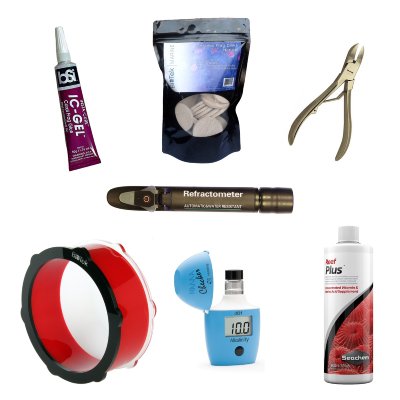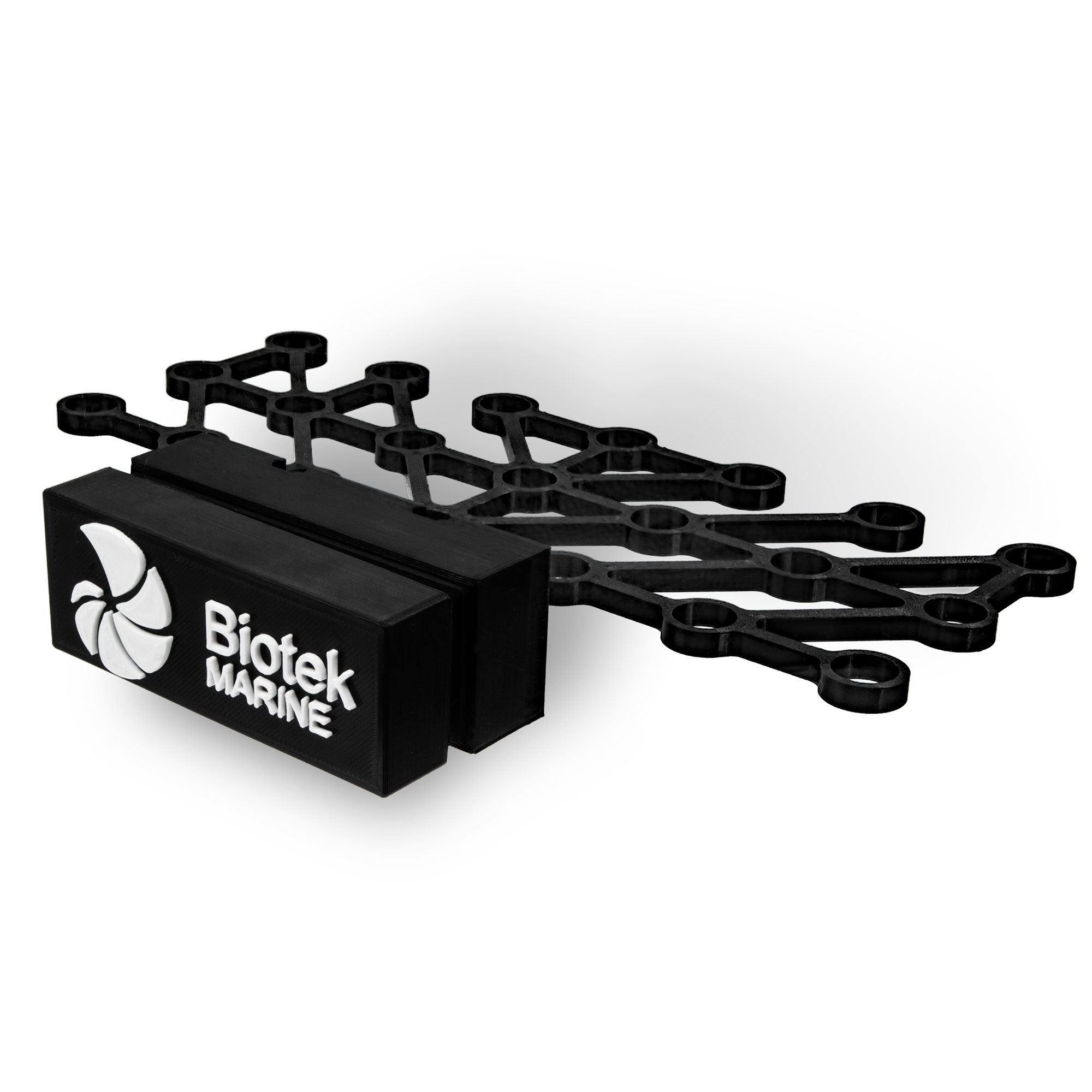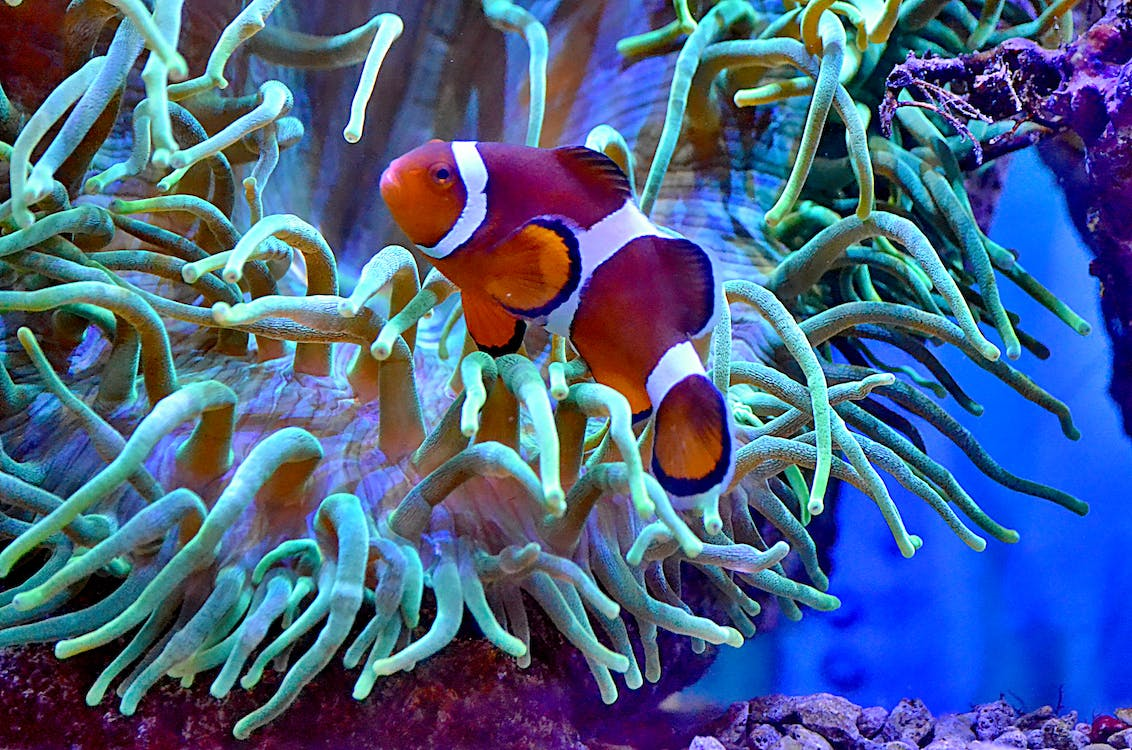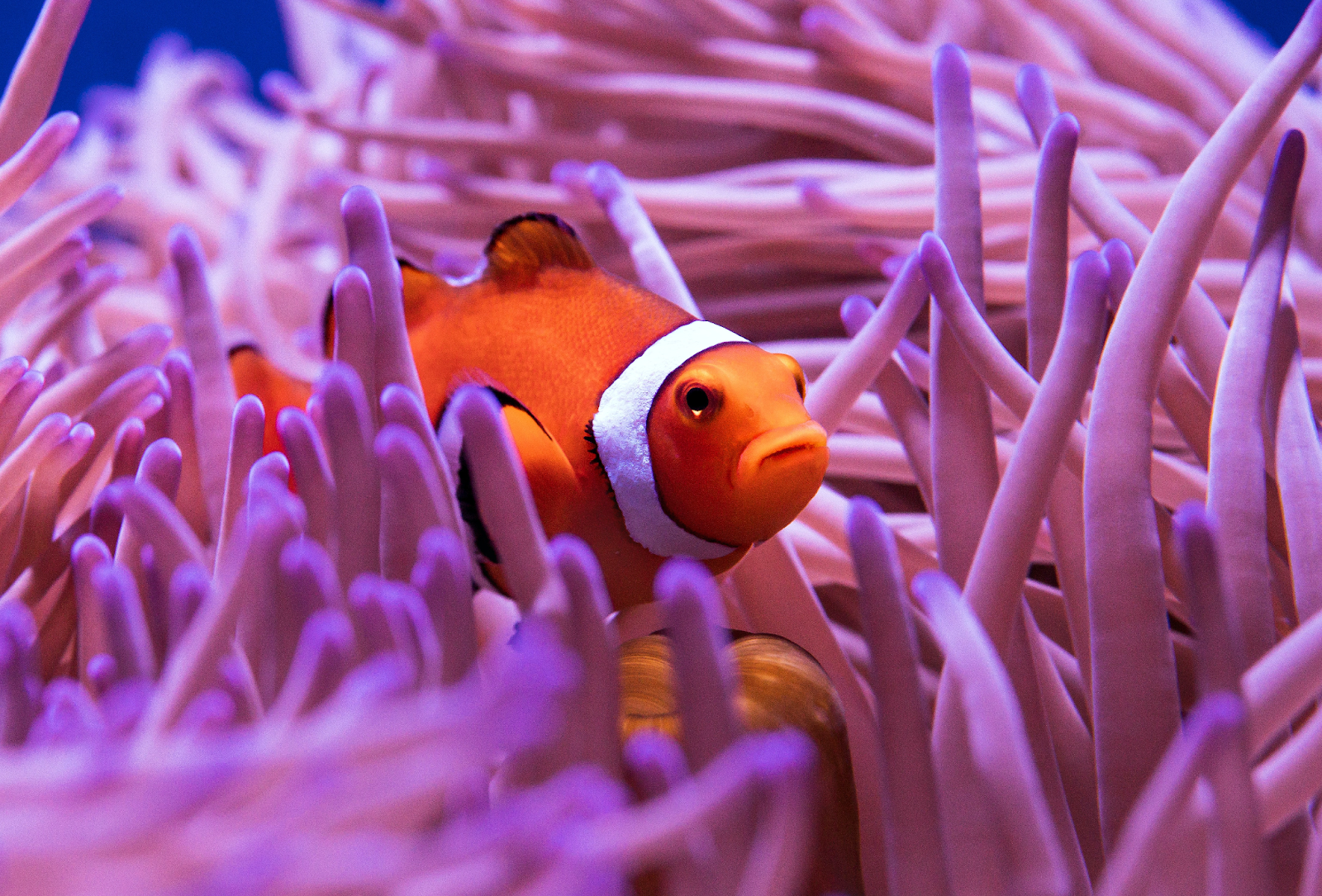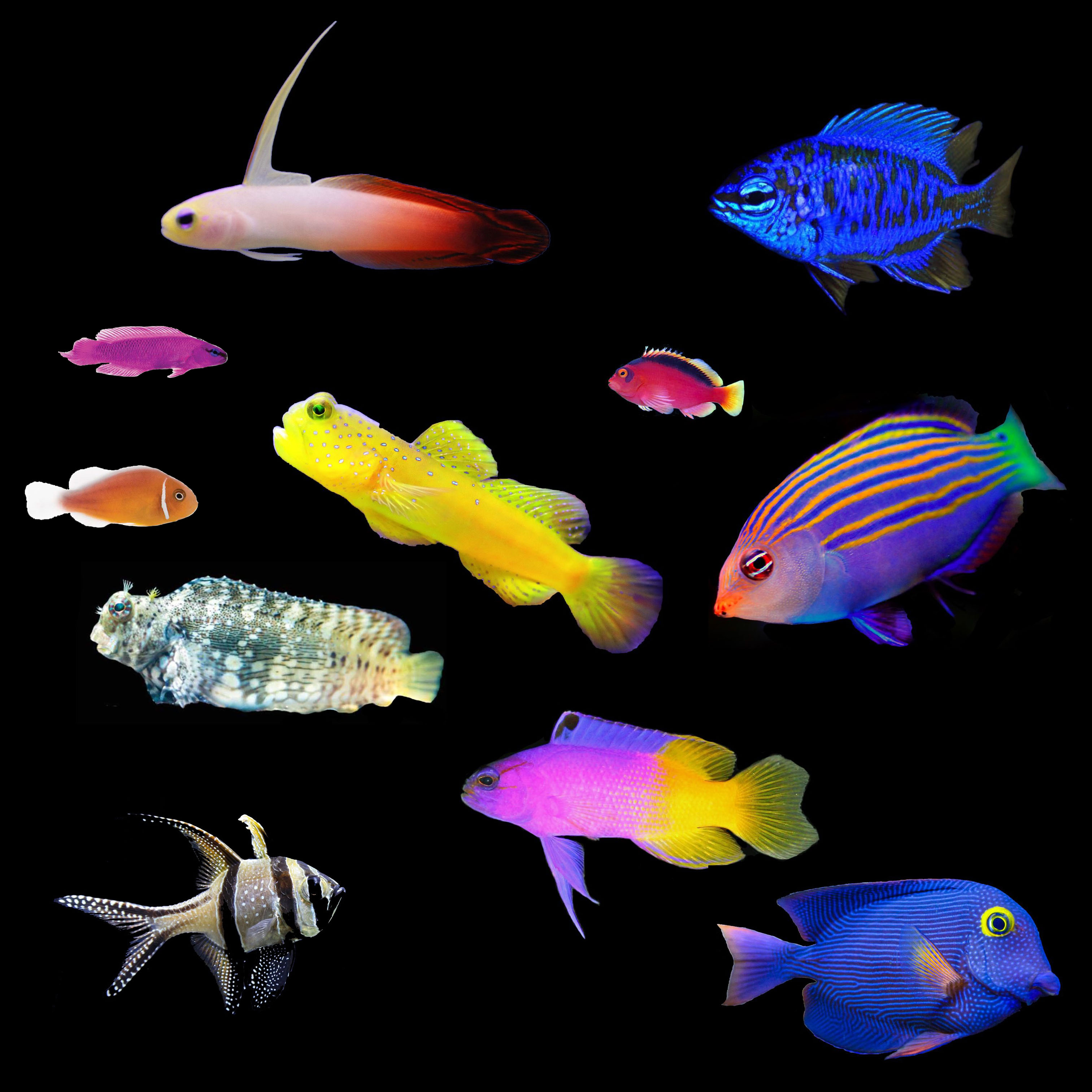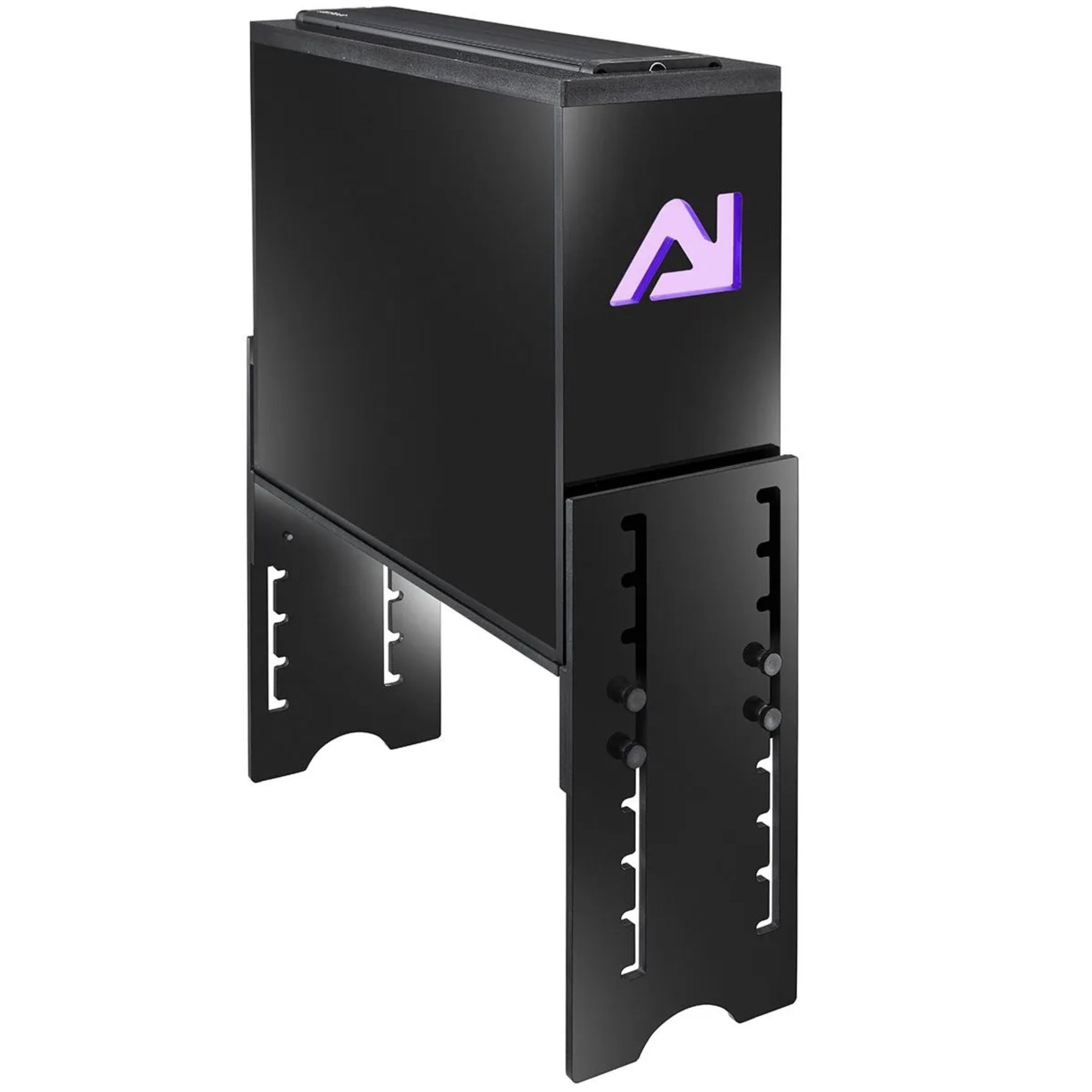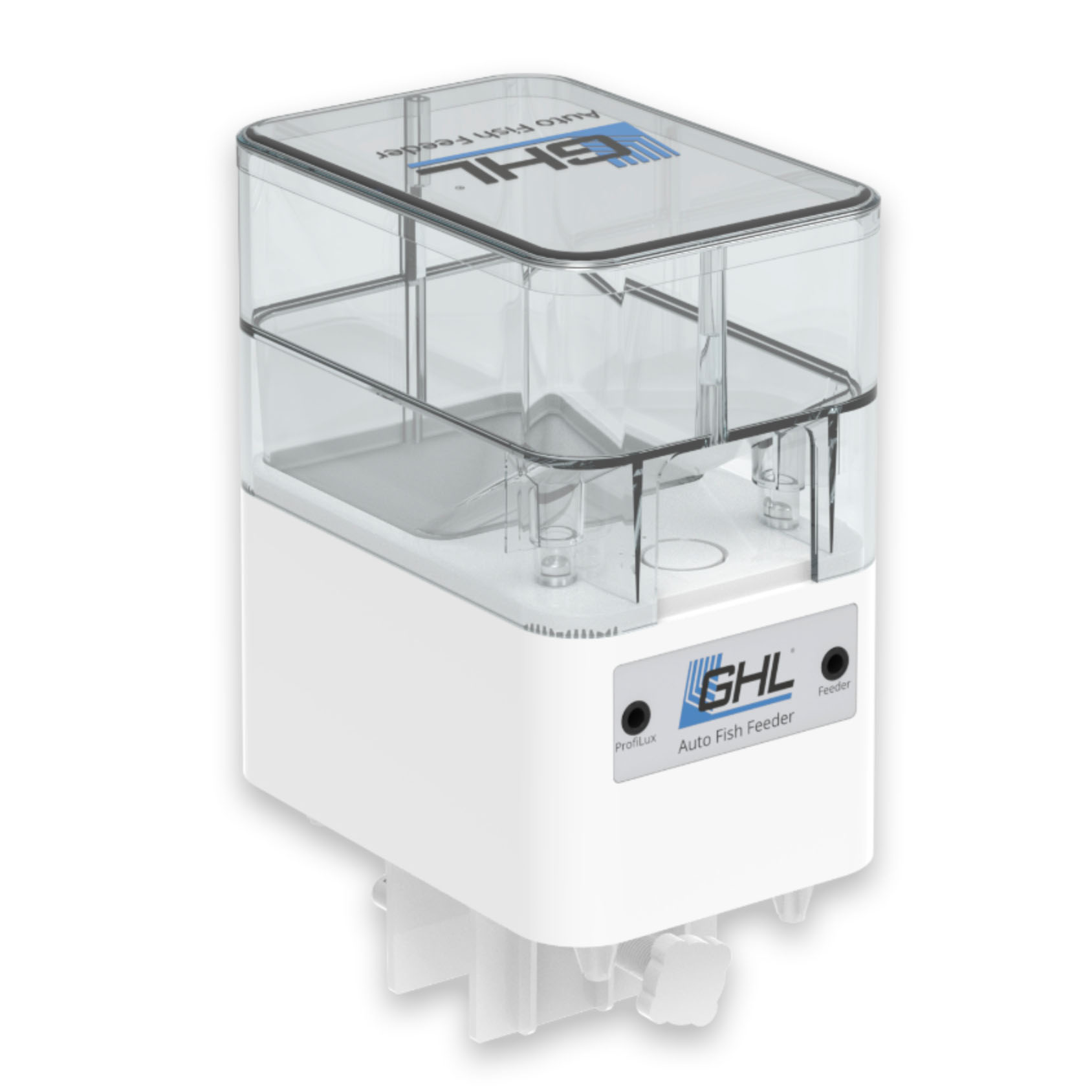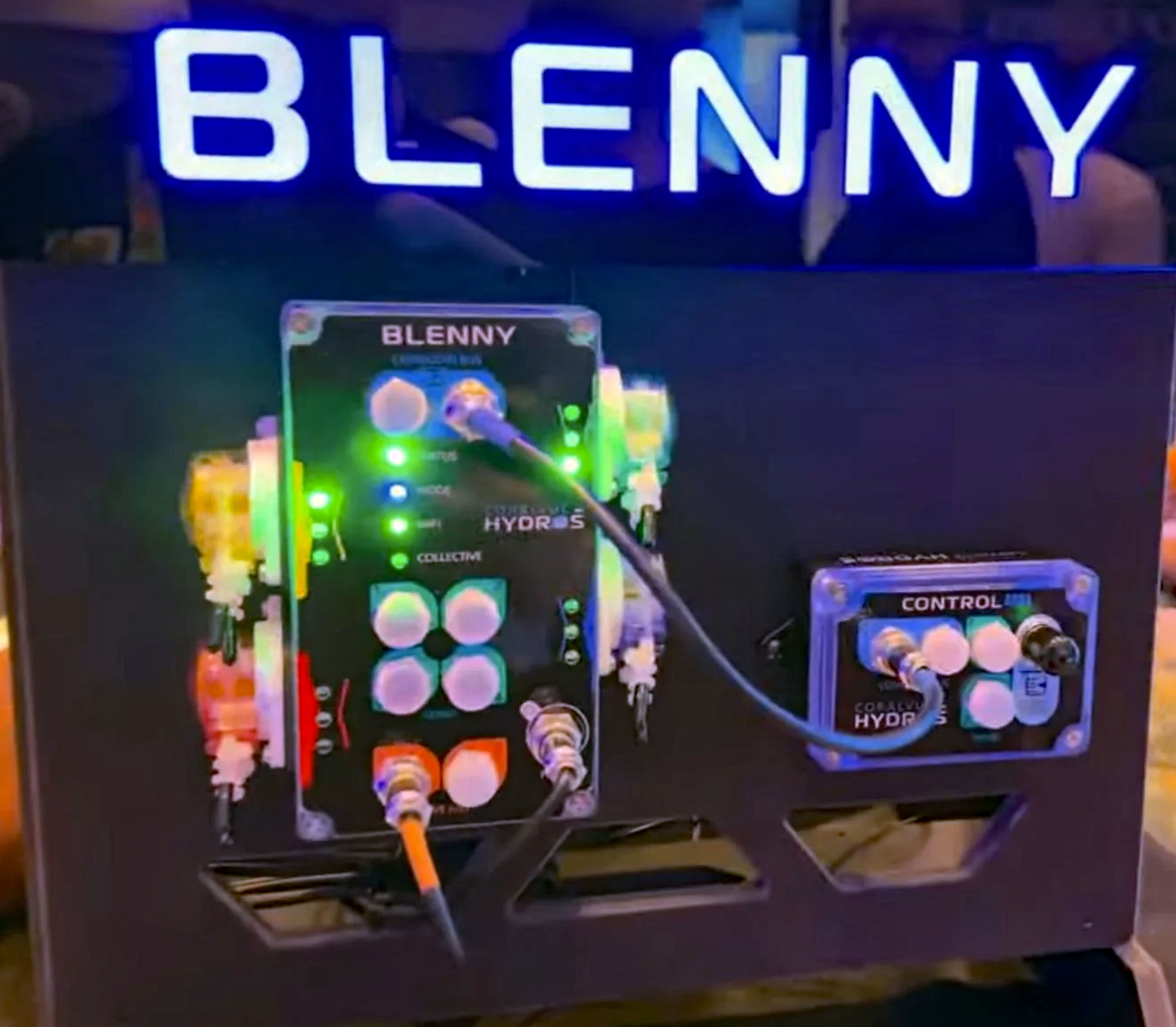We use cookies to make your experience better. To comply with the new e-Privacy directive, we need to ask for your consent to set the cookies. Learn more.
Part 1 Eliminating Aiptasia - A Guide to Eliminating Aiptasia by Natural Means
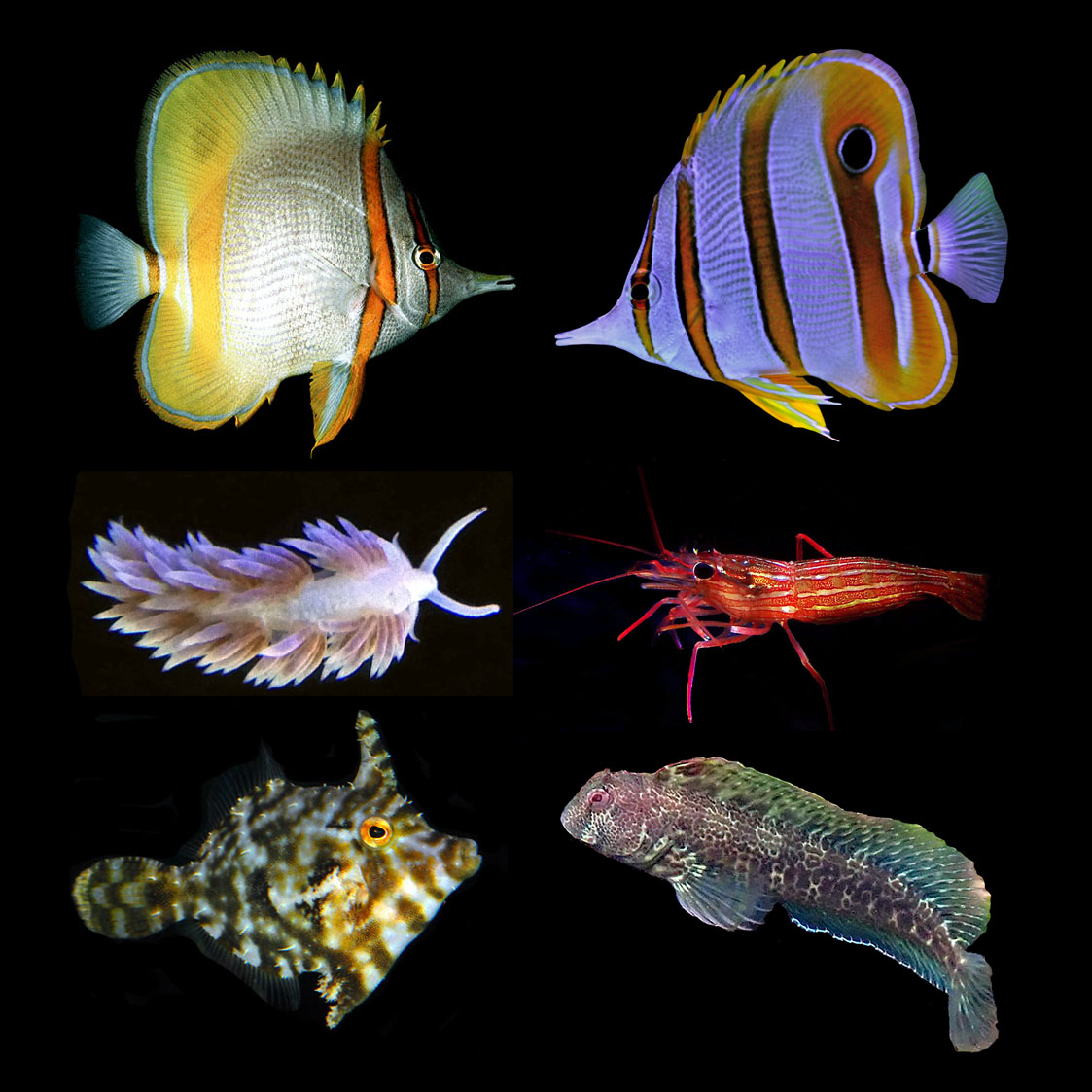
Aquarium enthusiasts often encounter the pesky problem of aiptasia (AKA Glass Anemones) in their aquariums. These unwelcome anemones that can quickly reproduce and overtake a tank if left unchecked. While chemical solutions exist, many aquarists prefer natural methods of control. In this part 1 article, we will explore various types of aquarium animals renowned for their knack at eliminating problematic and unsightly aiptasia by natural means. From their unique characteristics to the pros and cons of introducing them into your tank. In part 2 we will discuss controlling aiptasia with the use of various aquarium products.
Copperband Butterfly fish (Chelmon rostratus):
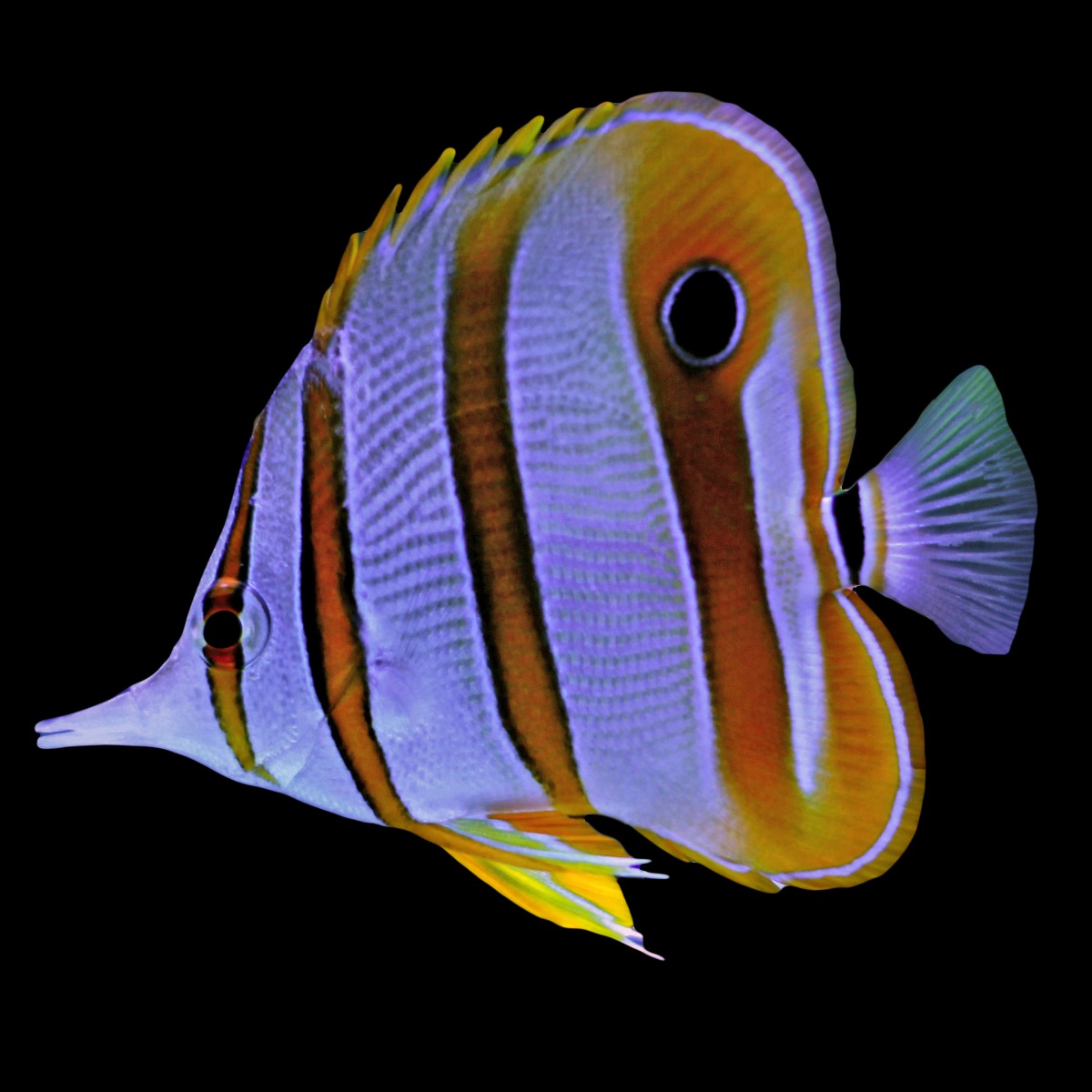
Copperband Butterfly Fish are prized for their elegant appearance and their appetite for aiptasia. They have a knack for hunting down these anemones even in hard-to-reach places within the tank. However, they require a larger tank with plenty of swimming space and may not be reef-safe, as they may nip at coral polyps. Furthermore, they can be finicky eaters and may refuse other types of food once the aiptasia population is depleted.
The Chelmon Marginellis Butterfly Fish
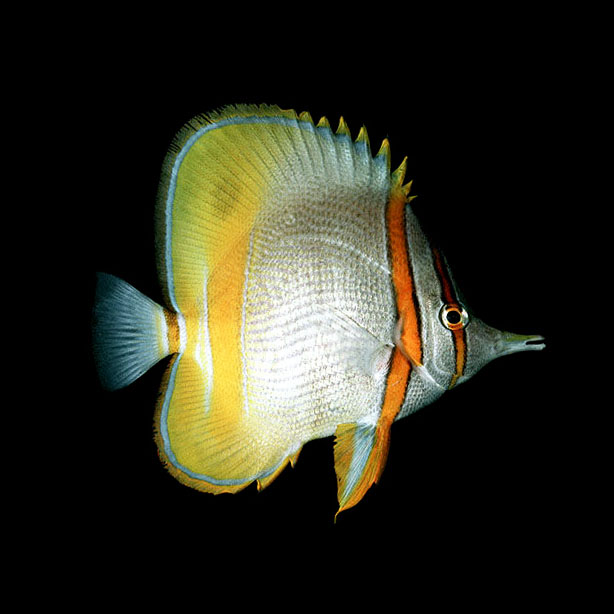
The Chelmon Marginellis Butterfly Fish also known as the Beaked Coralfish, is not only admired for its striking appearance but also valued for its role as a natural pest controller in the aquarium. One of the notable pests it often targets is Aiptasia. Though not very common in the hobby these fish are a striking addition to marine aquariums!
Chelmon Marginellis Butterfly Fish have been observed consuming Aiptasia in the wild and in captivity. Their slender, elongated mouth and specialized feeding behavior make them well-suited for picking at small prey items like Aiptasia. Like the Copperband Butterfly Fish, they use their protrusible mouthparts to target and consume these pest anemones with remarkable precision.
However, it's worth noting that while Chelmon Marginellis Butterfly Fish may eat Aiptasia, they may not always eradicate them completely, especially in larger tanks with significant Aiptasia infestations. Additionally, their diet should be supplemented with other foods to ensure their nutritional needs are met adequately.
Overall, the Chelmon Marginellis Butterfly Fish's appetite for Aiptasia adds to its appeal as a valuable asset in reef aquariums, offering both beauty and practical pest control benefits to aquarists seeking a natural solution to managing unwanted organisms in their tanks.
Peppermint Shrimp (Lysmata wurdemanni):
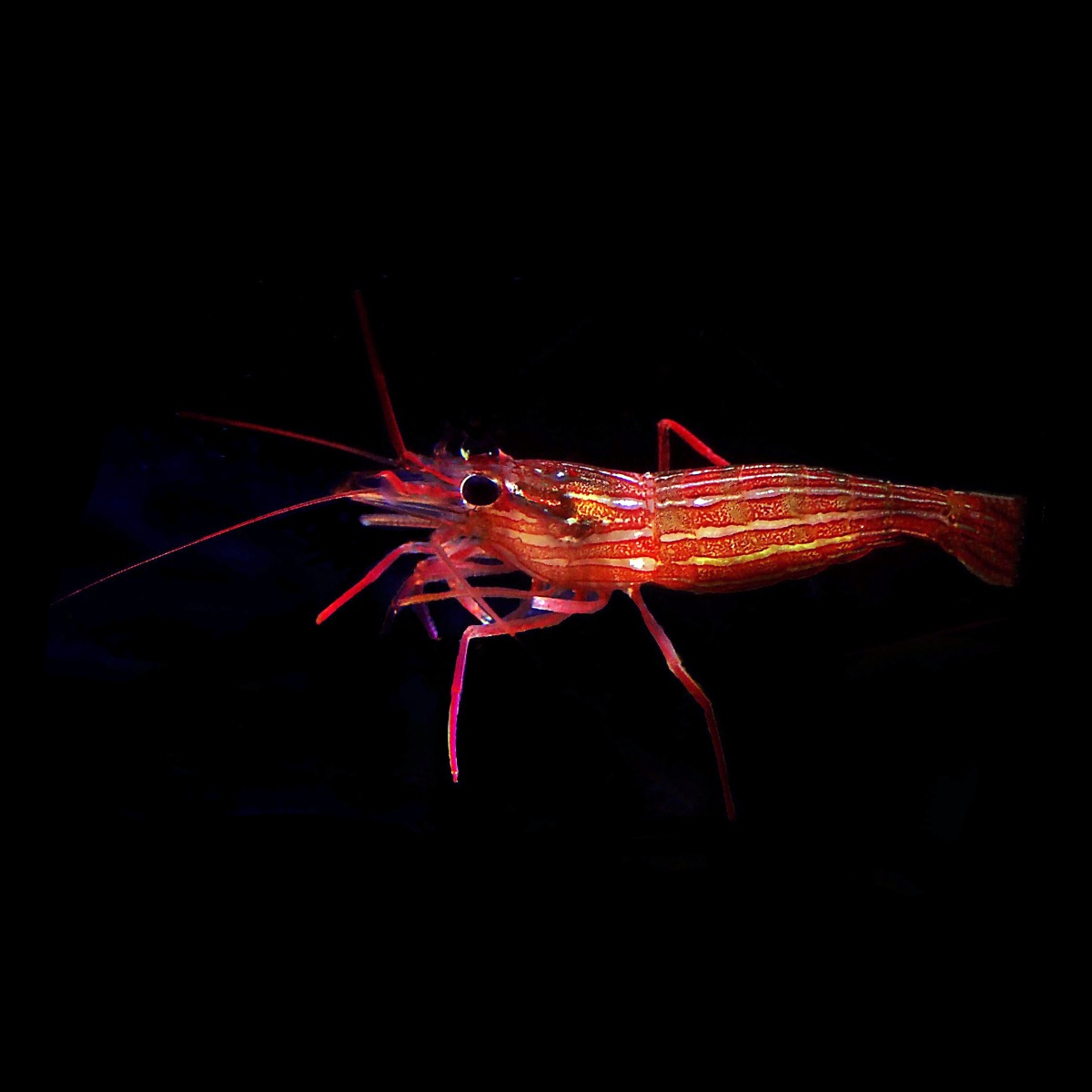
Peppermint shrimp are popular choices for controlling aiptasia due to their voracious appetite for these nuisance anemones. They're relatively easy to care for and can adapt to various tank conditions. However, their effectiveness can vary, with some individuals showing little to no interest in aiptasia so it's important to know what species of Peppermint Shrimp you are purchasing.
The species of peppermint shrimp known to eat aiptasia is commonly referred to as Lysmata wurdemanni, specifically the "Caribbean Peppermint Shrimp." These shrimp are native to the Western Atlantic Ocean, including regions such as the Caribbean Sea, the Gulf of Mexico, and parts of the southeastern United States. They are typically collected from various locations within their natural habitat, including rocky crevices, coral reefs, and shallow coastal waters. Peppermint shrimp are often sought after by aquarium hobbyists for their ability to consume aiptasia anemones, making them valuable allies in controlling these pests within aquarium setups. However, it's essential to ensure that peppermint shrimp collected for the aquarium trade are sustainably sourced to minimize the impact on wild populations and their ecosystems.
Things to look out for with Peppermint Shrimp:
1. They may not be compatible with all tank mates. as they can become aggressive towards other shrimp species.
2. They have also been know to turn their attention to some corals when food is not plentiful!
Berghia Nudibranch (Berghia verrucicornis):
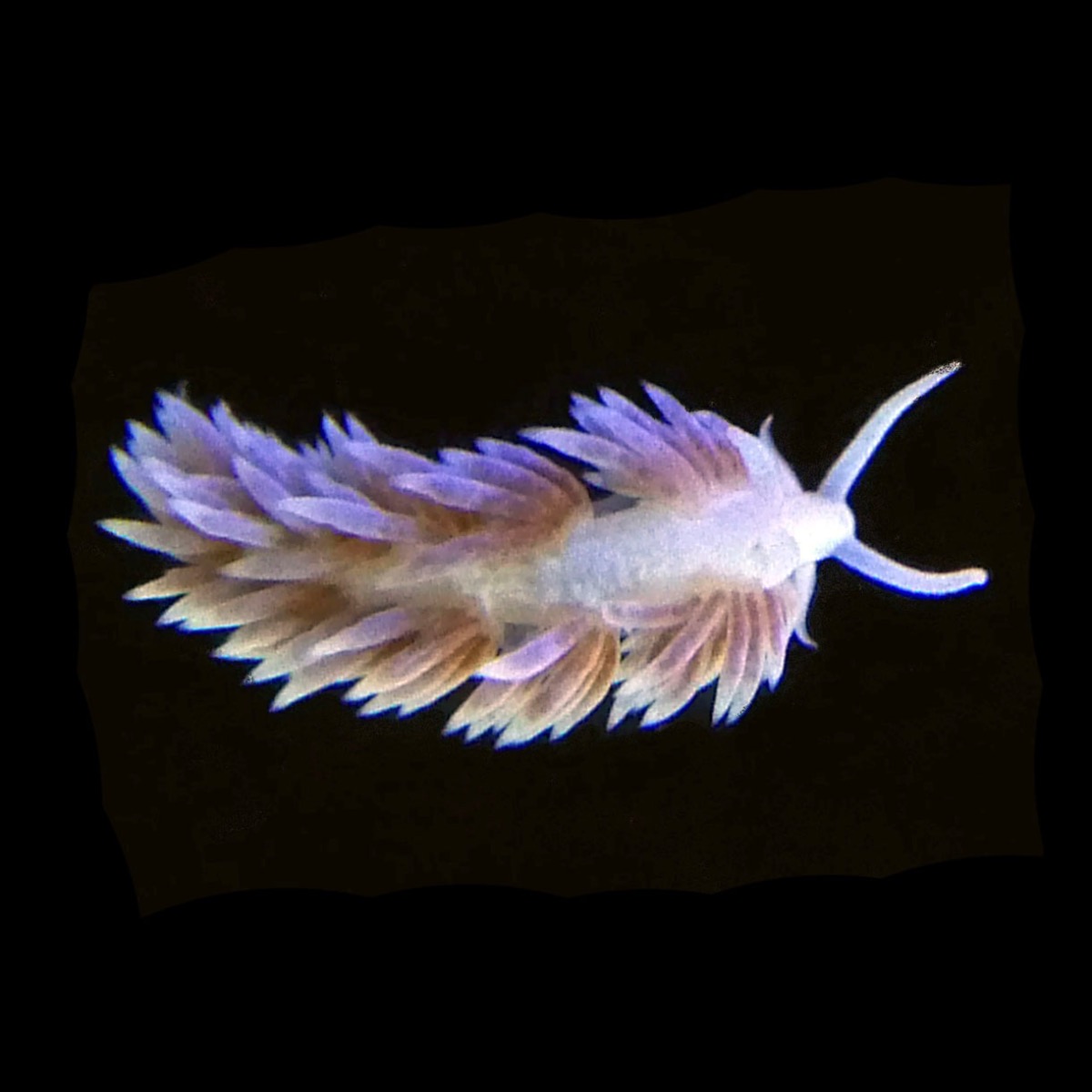
Berghia nudibranchs are natural predators of aiptasia and are highly effective at eliminating them. Their small size and unique appearance make them fascinating additions to a reef tank. Unlike peppermint shrimp, they solely feed on aiptasia, reducing the risk of them causing harm to other tank inhabitants. However, they can be challenging to care for and may not thrive in all aquarium environments. Additionally, their population may decline once their food source is depleted.
Filefish (Acreichthys tomentosus):
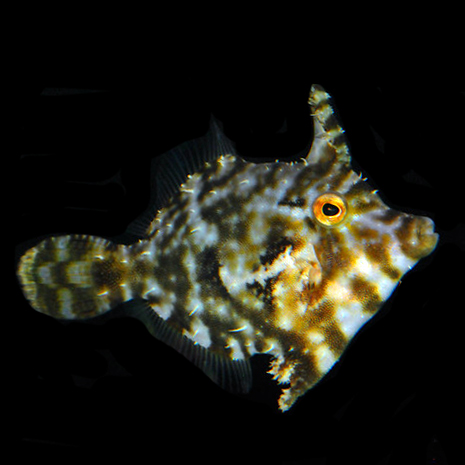
Acreichthys tomentosus Filefish are lesser-known but effective aiptasia predators. Their small size and peaceful nature make them suitable for a variety of tank setups. They consume aiptasia as part of their natural diet and can help keep their population in check. However, they may also consume beneficial organisms within the tank if aiptasia becomes scarce. Additionally, like other fish species, they require a well-maintained environment to thrive.
A word of caution, These fish have been known to go "rogue" and eat corals once the aiptasia has been picked over. Also it's likely that the aiptasisa will return if the fish is removed or it perishes. The reason for his is that aiptasia can bury itself in small crevices and remain alive for long periods of time. You may think the aiptasia is gone but more likey it is just not visible to you but it still remains hidden from view.
Molly Miller Blennies (Scartella cristata):
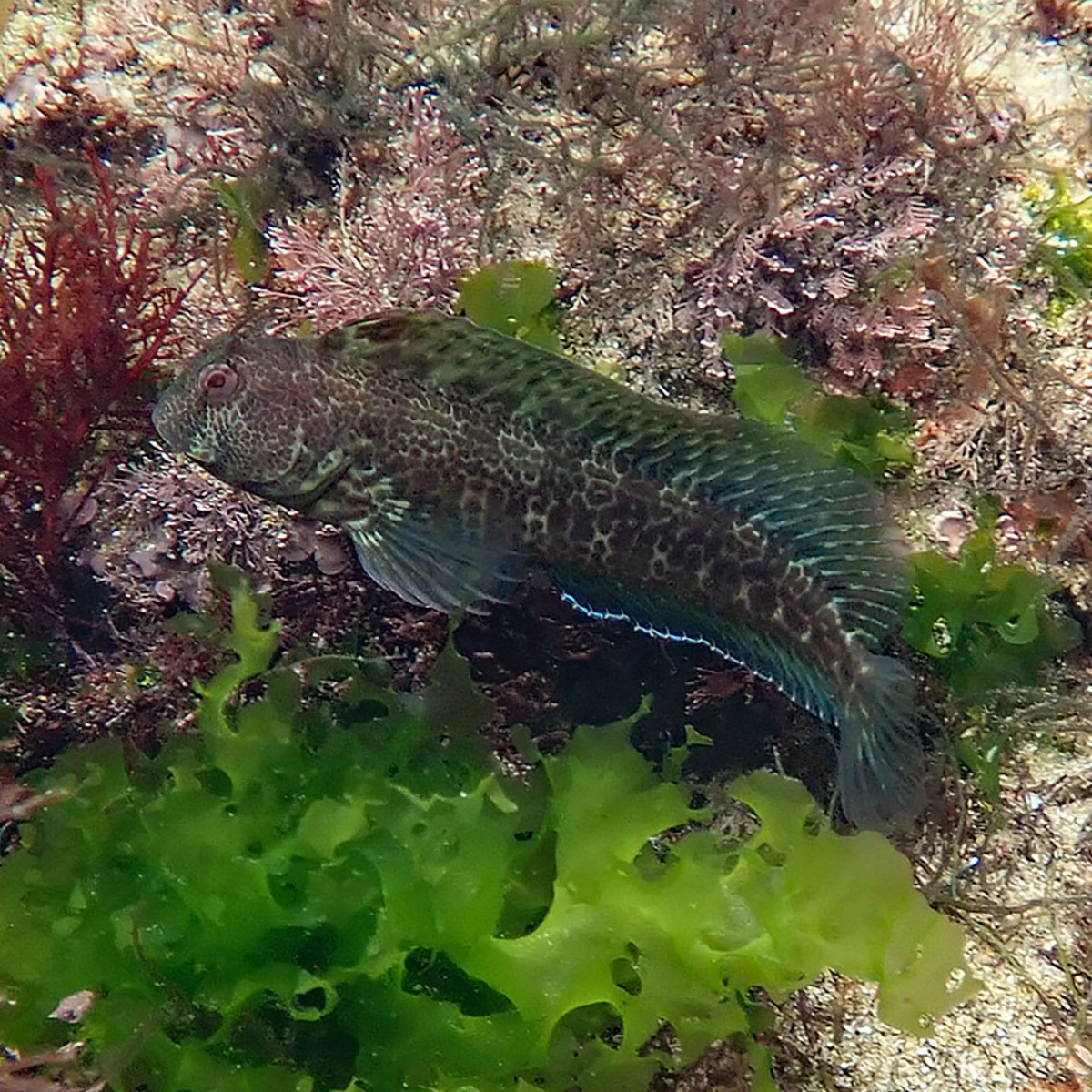
Molly Miller Blennies are quite humorous to watch and they are also know to be efficient aiptasia eaters. Their slender bodies and engaging personalities make them a delightful addition to any tank. Molly Miller Blennies possess a hearty appetite for aiptasia and can quickly make a dent in their population. Unlike some other options, they tend to leave corals and other tank inhabitants unharmed. However, they will require food supplementation as the aiptasia population dwindles. Be carefull when keeping other species of Blennies in the aquarium as they can be territorial and agressive towards other blennies or similar-looking fish.
Also one of the reasons we like the Molly Miller Blenny is that the majority of them in the trade are captive bred making them a good choice for sustainability and the aquarium trade in general.
Scat Fish
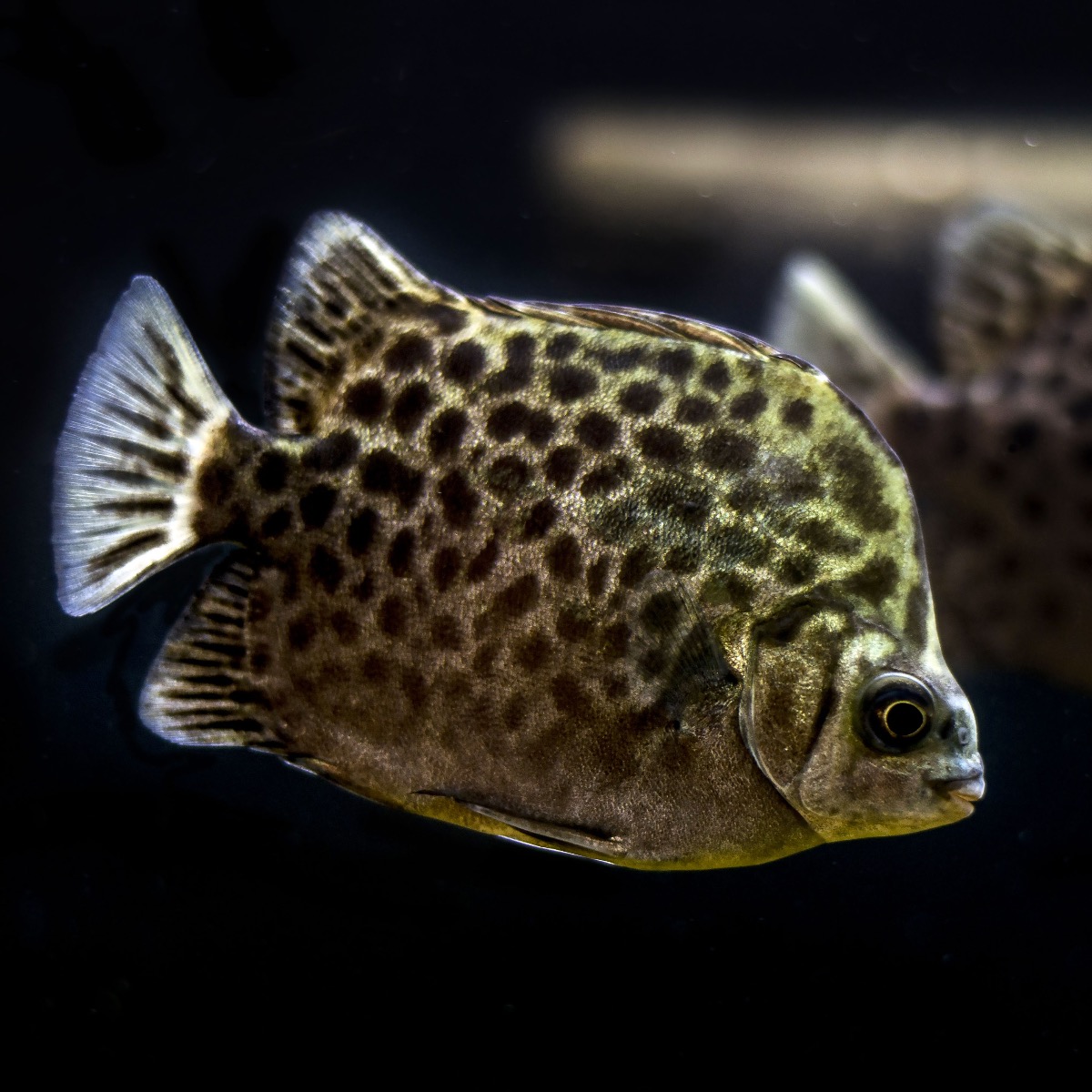
Next on the List of Aiptasia eating animals is the Scat fish which is a member of the Scatophagidae family. It features a laterally compressed body with a distinctive rounded shape and a concave forehead. Its coloration can vary, but it typically includes shades of silver, gray, and brown, often adorned with spots and markings.
Elimination of Aiptasia: One of the lesser-known benefits of keeping Scat fish in the aquarium hobby is their appetite for Aiptasia anemones. While primarily omnivorous, they have been observed actively consuming these pest anemones, making them valuable allies for reef enthusiasts battling Aiptasia infestations.
Habitat and Size: Scat fish are native to coastal regions of the Indo-Pacific, inhabiting estuaries, mangrove areas, and brackish water environments. They can grow to a size of around 12 inches (30 centimeters) in captivity, although some individuals may reach slightly larger sizes in the wild.
Availability in the Hobby: Scat fish are occasionally available in the aquarium trade, although they are less common than some other marine species. They are typically sought after by hobbyists looking for unique and adaptable fish species for their tanks. However, due to their potential size and specific habitat requirements, they may not be suitable for all aquarium setups.
Water Conditions: Scat fish are adaptable to a range of water conditions, including freshwater, brackish water, and even slightly marine environments. In captivity, they can be kept in a variety of setups, including freshwater community tanks, brackish water aquariums, and specialized biotope setups mimicking their natural habitat. They prefer temperatures ranging from 72°F to 82°F (22°C to 28°C) and a pH level between 7.0 and 8.5.
When faced with the challenge of aiptasia control in your aquarium, natural solutions can provide effective and natural alternatives to chemical treatments. By introducing suitable aiptasia-eating allies such as peppermint shrimp, Berghia nudibranchs, copperband butterflyfish, filefish, or Molly Miller Blennies, aquarists can maintain a healthy balance within their tanks while enjoying the benefits of a healthier and more relaxing aquarium. However, it's essential to research each species thoroughly and consider the specific needs of your aquarium before making any additions. With careful planning and proper care, these aquarium allies can help you mantain your aquarium and make the saltwater aquarium hobby relaxing as it should be.




